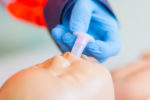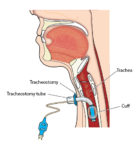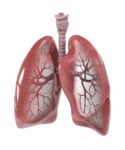Basic airway management is a vital skill and consists of maintaining a clear and healthy airway. Should the airway become blocked, a patient’s life will cease after roughly eight minutes. Therefore it is one of the most essential parts of any assessment. The airway The airway is one of the main parts of the respiratory […]







